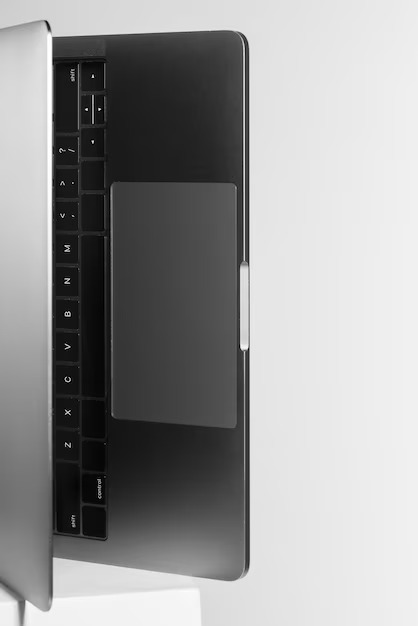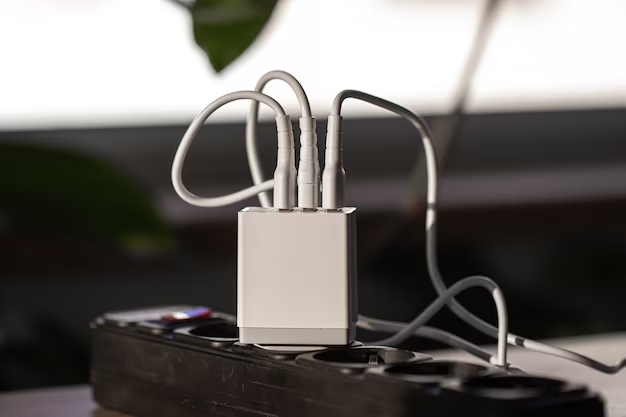AMD offers with this new chip an interesting leap that many users can find interesting if they want to have an updated system with moderate consumption and capable of enjoying the latest games.
Introduction
Many of us settle with graphics cards with the ability of running every game–or almost every game- at 1080p resolutions and 60FPS. AMD has now presented the Radeon R9 270, a mid-level card that offers a significant improvement in performance over the previous generation, although in reality this model differs little from the previous generation it replaces.
Technical performance
The Radeon R9 270 was born to replace the Radeon 7850 and compete thus with the Nvidia GeForce GTX 760. In this kind of market, even small differences can decide if a product is successful or not. The new Radeon R9 270 shares the GCN architecture of the previous generation but has been given a major boost in performance, surpassing even the Radeon 7870, but with a much more reasonable price, which makes it a formidable opponent of every other mid-level card on the market.
Its official release price is 199 dollars including taxes, which is important because it allows us to properly locate this card on the market. The cheapest Radeon 7870 you can find ranges from 188 to 238 dollars, so you can start appreciating how cheap the R9 270 really is.
It has a variable frequency up to 925MHz (remember that there are models of the Radeon 7870 with 1GHz) and 1280 shader engines. It’s an interesting feature for next-generation games based on DirectX 11 and supporting HD resolutions. The data bus is enhanced by adding high-speed GDDR5 memory with a 1400MHz nominal frequency until 5600mbps that produces a bandwidth of up to 180GB/s thanks to its 256 -Bit interface. It is, therefore, better than the Radeon 7850 and 7870 performance-wise, while maintaining the consumption of the Radeon 7850.
The rest of the data can be found in the table below; as you can see, it’s very similar to previous models in price and performance.
PowerColor R9 270 OC
The version of the Radeon R9 270 that we have analyzed is signed by PowerColor in a proprietary format that allows the brand to offer some improvement in frequency. This OC model reaches 955MHz in dynamic mode.
This small sized graphics card features a heatsink based on an aluminum block fed by copper heatpipes and dissipated by a single 92mm fan that can move more air than the turbine of the reference model, with much less noise to endure. The design of this chart remains at 150w (Radeon 7850) with a single six-pin PEG connector. We can mount up to two of these cards within a reasonable consumption thanks to Crossfire technology. We can therefore obtain a high performance for around 300 dollars.
Connectivity-wise, it features the usual. Specifically a dual-link DVI port, an HDMI 1.4a port with integrated sound and Displayport 1.2 port that also allows us to connect up to three HD displays with a single connector.
Our experience with it during our tests (almost two weeks enjoying normal use with it) is that we are dealing with an agile and delicate graphics card in regards to noise. The fan works commendably at 2000rpm. Still, as we always say, cleaning your graphics card regularly should be a habit to ensure you get the best possible performance.
Additional Features
These chips are perfect for those who want to keep a PC with consumption levels of around 450-500w, and performance-wise it’s more than enough o keep most users satisfied. Is it also possible –and recommended, in fact- to have one of the latest and most powerful processors. It is definitely a wise decision -not for everyone, of course- but certainly enough for a good PC gaming experience.
The Radeon R9 270 was our particular choice for the M8 ASRock barebone, as it precisely needs a low consumption graphics card that’s still capable of delivering a good performance.
Mantle is also about to support one of the latest engines: Frostbyte 3, which gives life to Battlefield 4. Some developers claim that this new AMD API can offer improvements of up to 20 % compared to using traditional APIs like DirectX 11.
On the other hand, this generation also supports DirectX 11.2 graphics, introduced in Windows 8.1, as well as the latest OpenGL and OpenCL, so there’s an option for everyone.
Performance
BattleField 4. 1920×1080. Medium Quality
Diablo 3. 1920×1080. High quality
F1 2012. 1920×1080. Ultra quality
MS Flight, Highest Quality.
3DMark. Firestrike
Metro Last Light. 1920×1080. Highest Quality.
Bioshock Infinite. 1920×1080. Medium Quality
Analysis and Conclusion
After analyzing the previous generation components from AMD, we had an idea of how this new device would perform. It is a good and agile design, specifically made with its target audience in mind. It is fast and can deliver a high-quality experience for anyone to enjoy quality graphics in any modern title with moderate resolutions (if you’re interested in 4k, this is not for you).
As the custom models of each new AMD graphics card get released, a whole world of possibilities opens up, which makes it easier for each users to find what’s perfect for them. The Powercolor model is simple and effective, with some overclocking capabilities and a really effective dissipation system, resulting in a powerful card with great noise levels.







